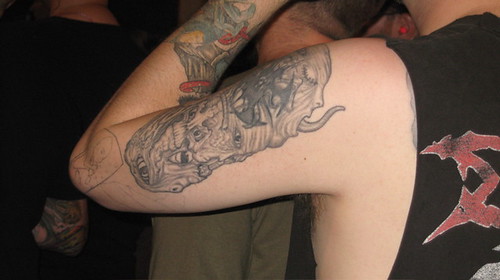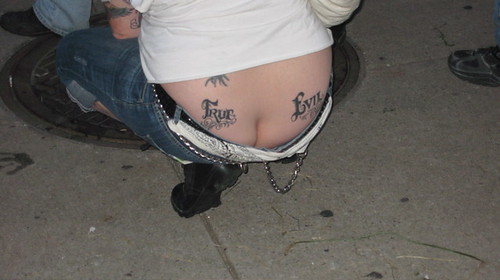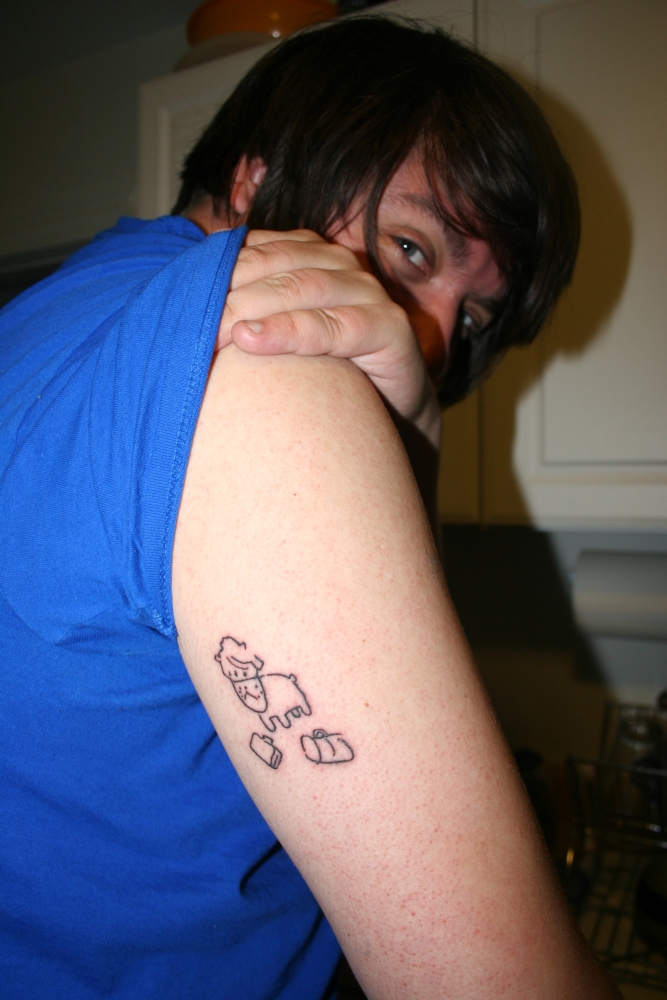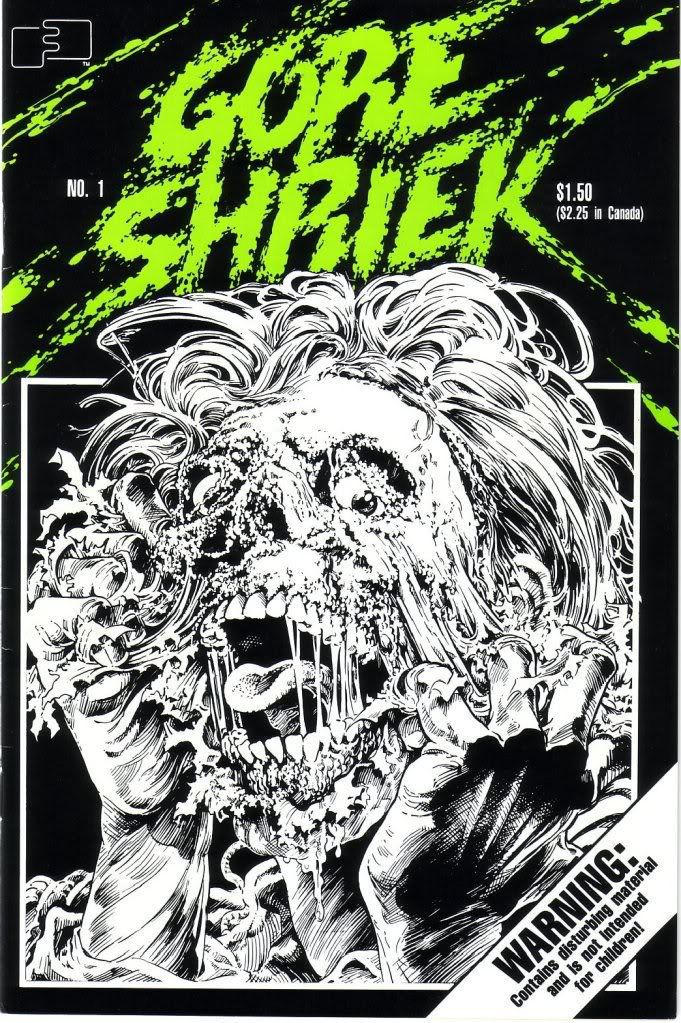Japanese Water Tattoos and How to Find the Right One
Japanese Water Tattoos article by Robert Hillman
 Choosing the right Japanese water tattoo can be a slightly daunting experience, because there are so many to choose from. It is important for you to do your research and look in the right places.There are quite a few sites on the Internet that have some very average designs and there are some that offer you quite a large selection.What you must do is spend a little time on some research and, as with getting any tattoo,do not rush into it because you are going to have it for a long time.
Choosing the right Japanese water tattoo can be a slightly daunting experience, because there are so many to choose from. It is important for you to do your research and look in the right places.There are quite a few sites on the Internet that have some very average designs and there are some that offer you quite a large selection.What you must do is spend a little time on some research and, as with getting any tattoo,do not rush into it because you are going to have it for a long time.
It is also worth considering what type of ink your tattooist is going to use,there are quite a few new types of ink on the market that actually have fluorescent colors, so if you want something original and that will be a 'masterpiece' then take some time to look into the vibrant new colors and check with your tattoo artist to see if they use them.
One of the best things to do is to download some of the free tattoo material that is available on several websites and start getting a general picture of the type of Japanese water tattoo that you want and also of those sites that sell them. Personally,I prefer the sites that let you download samples so that you can print out full size tattoos at home and get a much better idea of how it is going to look. You could even cut your tattoo out and stick it on your arm or wherever you want it to go, to give you an idea of how it is going to look.
 There are also some tattoo galleries on the web that offer this download service and who also have literally thousands of tattoos available for downloading, these sites also normally have good indexing systems so it should make it fairly easy for you to check out many different styles of Japanese water tattoos. The good thing about some of these gallery type sites is that you can often download more than one tattoo. Some sites offer a subscription service and some others just let you download everything they have (my favorites). For example, my personal collection of tattoos is running at over 30,000 tattoos and its already over 140 megabytes and growing every day!
There are also some tattoo galleries on the web that offer this download service and who also have literally thousands of tattoos available for downloading, these sites also normally have good indexing systems so it should make it fairly easy for you to check out many different styles of Japanese water tattoos. The good thing about some of these gallery type sites is that you can often download more than one tattoo. Some sites offer a subscription service and some others just let you download everything they have (my favorites). For example, my personal collection of tattoos is running at over 30,000 tattoos and its already over 140 megabytes and growing every day!
Just to recap, remember to check out the fluorescent colors that are available and start looking through as many tattoo directories as you can until you see that One Japanese water tattoo that just jumps out at you.Sometimes,you know,it's the tattoo that chooses you.
Tag to Technorati on Japanese Tattoos and Japanese Water Tattoos






































